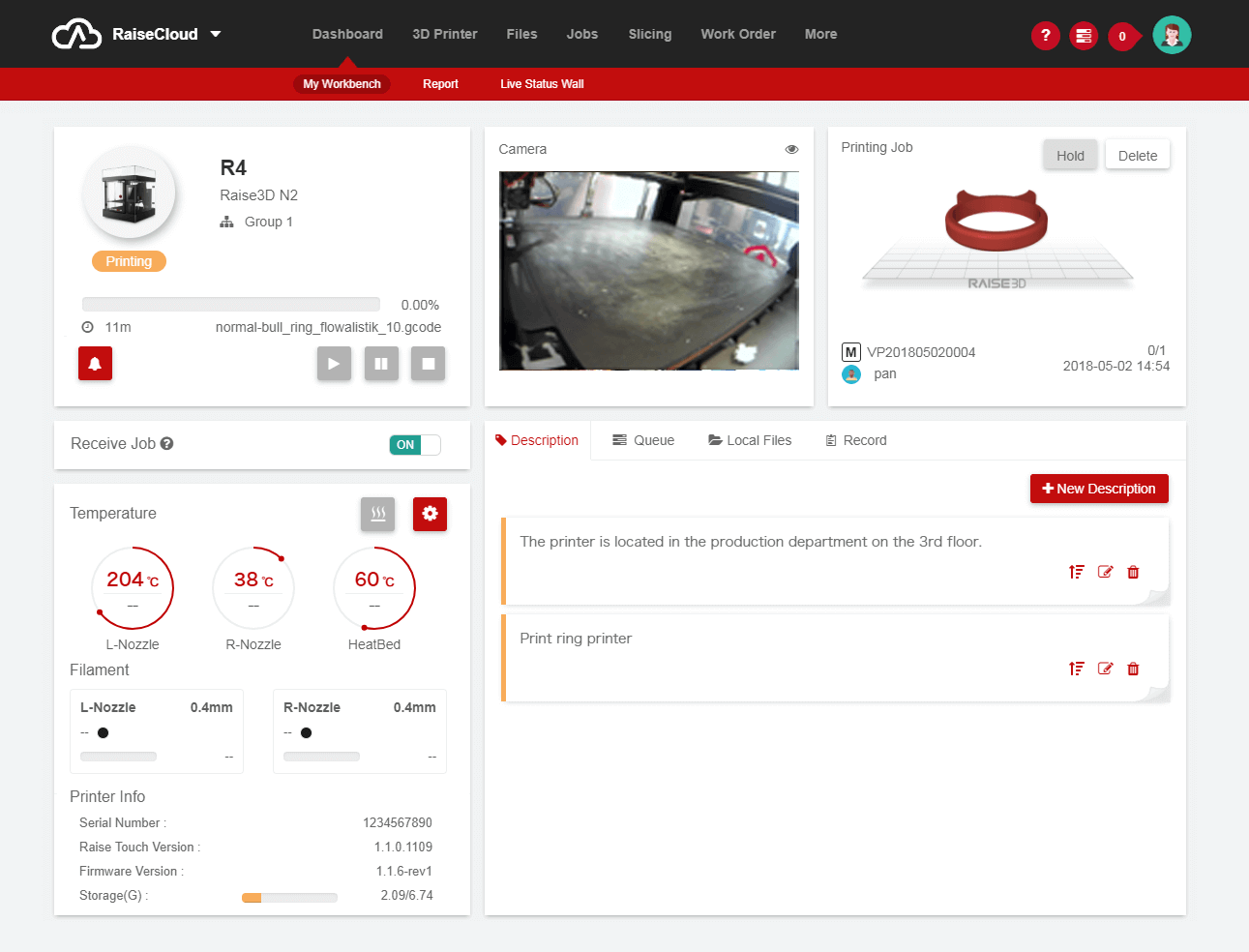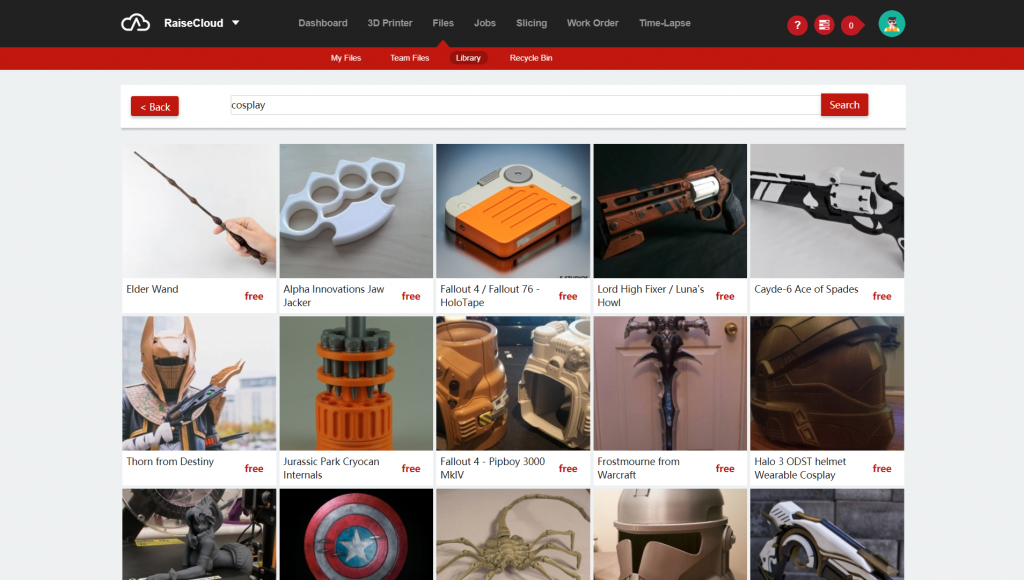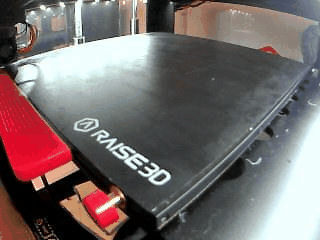Shanghai’s Raise3D has launched beta access to a cloud-based printing management software, RaiseCloud, designed to create a “smarter way to 3D print.”
Dubbed “RaiseCloud,” the application allows users of Raise3D printers to remotely control monitor time-lapse recordings, as well as third-party modeling tools and model libraries. This technology also includes personal file management, team file management, cloud-based slicing functions and printing tasks statistics and reports.
As a result, the company has introduced the RaiseCloud Open Beta program to test its capabilities.

The RaiseCloud software
RaiseCloud aims to build collaboration and pool resources among a network of 3D printing systems. The platform integrates Ideamaker software within its browser and uses a flexible work order flow customization for maximum additive manufacturing productivity. In addition, the MyMiniFactory and Thingiverse libraries are accessible through RaiseCloud.

The RaiseCloud Beta Testing Program strives to improve the platforms through its users. This is done through testing of new product features and discovery of unsuspected bugs. This centralized software contributes to an improved user experience involving fleets of 3D printers.

An additive manufacturing network
Recently, Diogo Quental, Raise3D’s General Manager for Europe, sat down with 3D Printing Industry to discuss the company’s strategy for accelerating within the mid-tier professional 3D printer market.
“We understand there is an acceleration in the transition into digital additive manufacturing,” said Quental. “We expect the gap between “traditional” 3D printing companies and desktop 3D printing manufacturers to narrow steadily, thus benefiting customers and fuelling further market growth.”
“Digital additive manufacturing, depending on the industry and application, will require different types of solutions. We expect desktop based solutions to represent a substantial share of it as they have some relevant advantages [such as] ease of use.”

Cloud-based 3D printing
Cloud-based 3D printing has been integrated more frequently into 3D printing systems. Both desktop and industrial additive manufacturing systems are equipped with touchscreen control panels and WiFi or LAN networks which has eliminated the need for first physical monitoring of one’s printing processes as well as additional operational costs.

Keep up with the latest 3D printing news by subscribing to our free newsletter. Also, follow us on Twitter and like us on Facebook.
To commence your career in additive manufacturing or post new opportunities, join 3D Printing Jobs.
Featured image shows the RaiseCloud Platform. Image via Raise3D.


